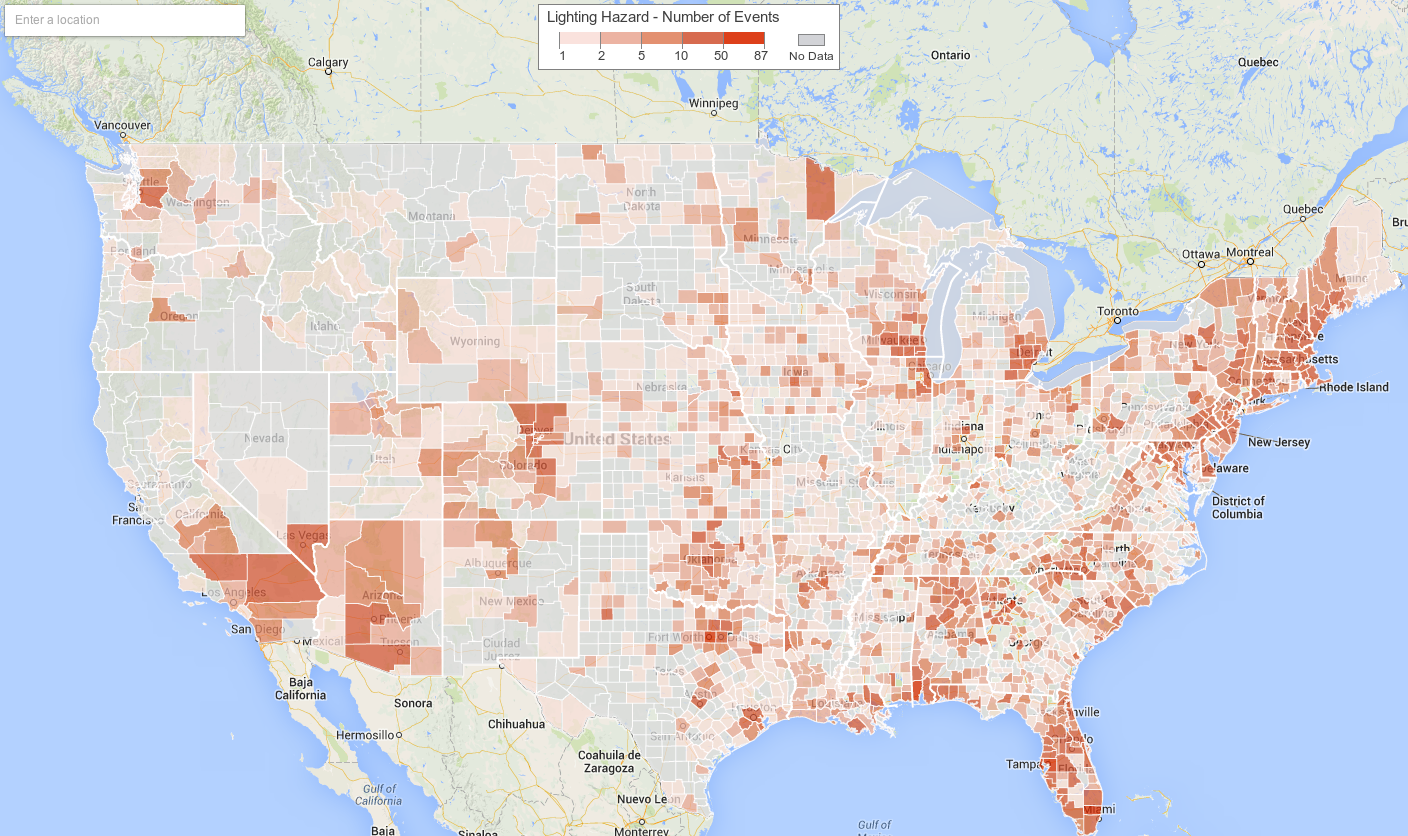

Mike Pavolonis, the NOAA scientist who leads the ProbSevere project, praised the new application. This tool was developed by John Cintineo at the University of Wisconsin/Cooperative Institute for Meteorological Satellite Studies (CIMSS), as part of ProbSevere, a statistical model that predicts the probability that a storm will produce severe weather in the near-term. EST, the AI lightning prediction tool indicated a greater than 25% chance of lightning occurring in the next hour. on July 7, 2021, shows a lightning probability signal occurring 50 minutes before the first instance of lightning.Īt 1:56 p.m. Clear predictive signals often emerge before rain forms, ahead of weather radar signals. The AI tool can accurately predict lightning up to 60 minutes before the first observation of lightning flashes. It also indicates where lightning remains a threat in storms with intermittent lightning activity and helps determine when the threat from lightning is diminishing. This AI model skillfully and reliably predicts where lightning is most likely to occur even before precipitation forms. To accomplish this, a sophisticated machine-learning algorithm was trained, using GLM data, to recognize complex patterns in GOES-R Advanced Baseline Imager (ABI) imagery that often precede lightning activity detected by GLM. Scientists are using artificial intelligence (AI) to predict where GLM will observe lightning in the future.


 0 kommentar(er)
0 kommentar(er)
